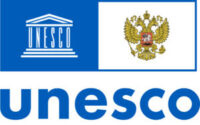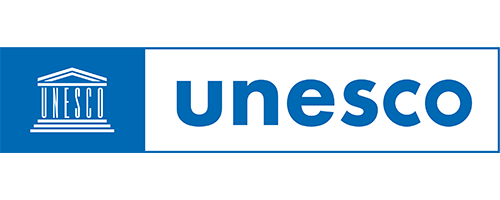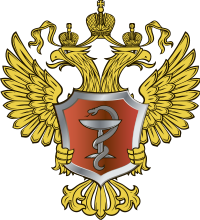The main characteristics of the intellectual and personal development of modern children of primary school age
Book of Abstracts
Keywords
Keywords: learning ability, intelligence, ability to develop activities on the initiative of the subject, primary school age
Abstract
The relevance of this work is dictated by the concern of the pedagogical and psychological community with the difficulties in teaching modern children. Comparison of the results of studies of different years made it possible to see the main characteristics of the intellectual and personal development of a modern student.
The purpose of the study was to compare the mental and personal development of students in grade 2 with a difference of 10 years.
Research methods and sample. The study was conducted using the "Creative Field" method (D.B. Bogoyavlenskaya) and the "Standard Progressive Matrices" test by J. Raven. The sample was 90 people: 50 people in 2013 and 40 people in 2022-2023 years.
The main results indicated that it is more difficult for modern second-graders to master new activities. Raven's test also showed a decrease in average intelligence values among modern schoolchildren. At the same time, their level of sensorimotor coordination did not differ from their peers 10 years ago. We also observed a decrease in cognitive motivation. Modern children demonstrated almost no ability to develop activities on their own initiative.
Conclusion. The analysis shows a trend towards a decrease in the general characteristics of thinking in modern children of primary school age. It is more difficult for them to preserve the mode of action, its transfer to new conditions (spatial and metric), generalization of action in the absence of a difference in the level of sensorimotor coordination. The most important is the change at the motivational-need level, which leads to a decrease in the ability to be creative. The revealed differences probably need to be assessed in terms of social influences. The obtained data allow us to speak about the social situation of a child's development 10 years ago as more favorable than today.
Prezentation

Russian Psychological Society
e-mail: ruspsysoc@gmail.com

Federal Scientific Center for Psychological and Interdisciplinary Research,
Moscow, Russia
e-mail: forumdigitalchildhood@gmail.com

Psychology Department of the Lomonosov Moscow State University,
Moscow, Russia
e-mail: psy@psy.msu.ru



 2021
2021  2022
2022  2023
2023 2024
2024





